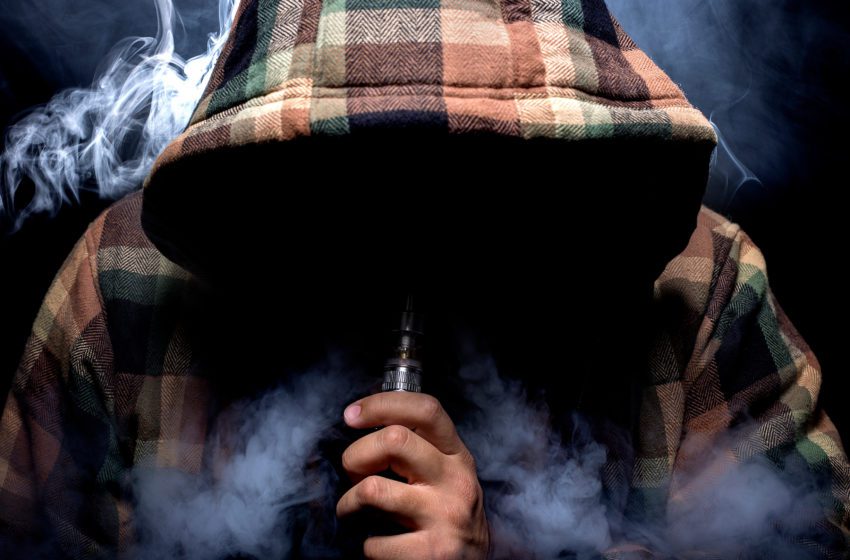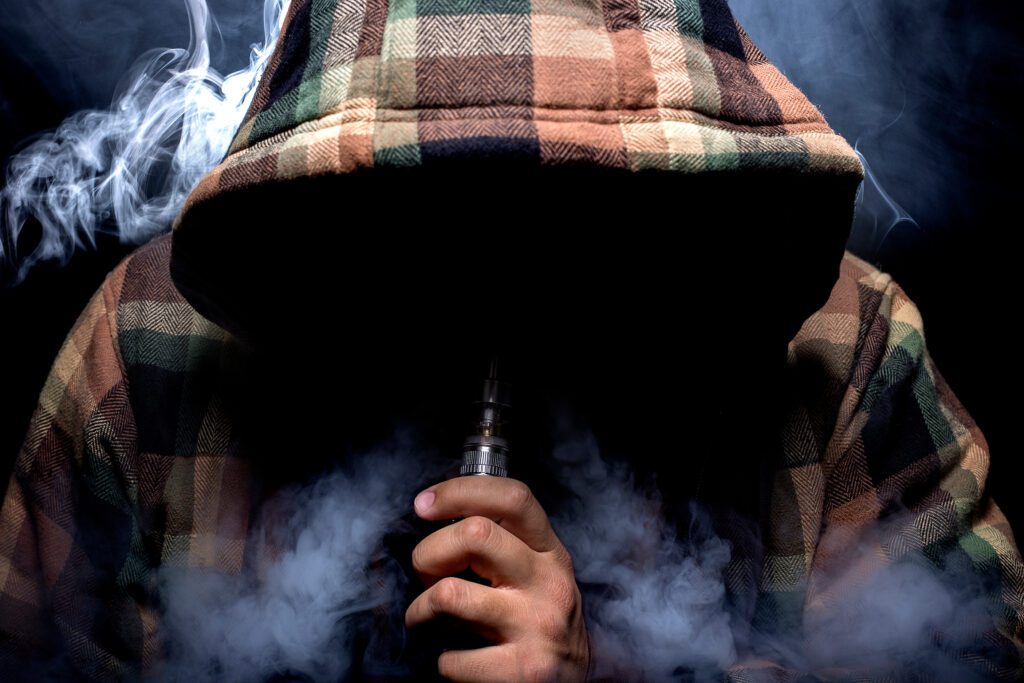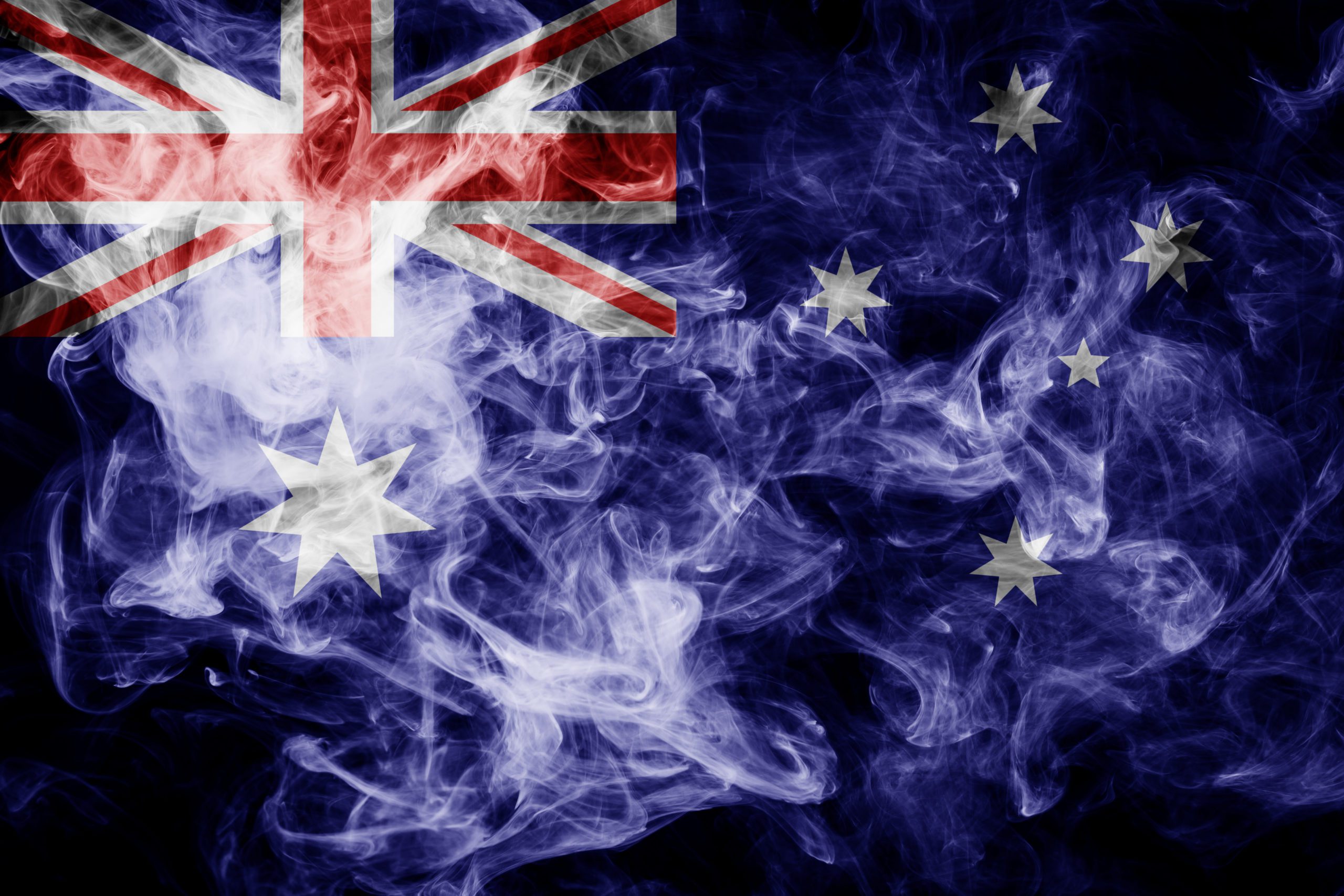Gay: Rules Must Change for Seized Illicit Vapor Products
- Illicit Trade News This Week
- July 18, 2022
- 14 minutes read

Credit: Innovated Captures

By George Gay
In the recent past, three stories have come to my notice that have recorded how vaping products have been seized by various authorities: in Hong Kong, where such products are banned; in Australia, where they are prescription devices; and in the U.K., where they are freely available. In Western Australia (WA), the ABC reported, WA Health recently seized 950 e-cigarettes, bringing the total seized for three years to about 16,000 “nicotine vaping products.”
In Hong Kong, the HKFP reported, about 360,000 products had been seized since the implementation on April 30 of a ban on alternative smoking products including e-cigarettes. And in the City of Westminster (population an estimated 250,000), the U.K. Vaping Industry Association (UKVIA) reported, 4,500 disposable vapes were seized because they did not conform to local standards along with 420 counterfeit vapes and 2,366 snus products “with no English labeling.”
The three stories were different, but they had one thing in common: None of them indicated what became, or what was to become, of the seized products, and I find this extraordinary and worrying, especially given that the three stories cited are probably the tip of the worldwide seizure iceberg.
We are deeply into a global existential crisis caused by, among other things, climate change and pollution, so you might imagine that the first questions to come up would concern, among others, the carbon footprint of the manufacturing processes that produced the seized products, and how we can prevent these products, which will include batteries, from ending up in landfills.
It would be hugely damaging if the products seized in the U.K. were just disposed of, even if they were recycled, but in Australia and Hong Kong, where, respectively, a ridiculous restriction and a ludicrous ban are in operation, disposal would simply heap one act of stupidity on top of another.
If no such mechanism exists already, a way should be found to allow seized products to be diverted from markets where, for one reason or another, they have arrived but are unacceptable to other markets where they are acceptable. This, admittedly, would prove difficult, though not impossible, where counterfeit products were concerned, but otherwise should not be beyond the wit of those skilled in marketing and distribution.
For instance, products seized in Hong Kong could be sent to countries that don’t ban them and where they comply with domestic standards, keeping the carbon footprint of the shipping as low as possible and selling them at the cost of the shipping to local suppliers to compensate for any market displacements.

A similar scheme could be applied to the disposal of vapes seized in the U.K., which apparently had “excessive levels of nicotine.” They could be shipped to someplace where such restrictions are not in place, once again keeping the carbon footprint of the shipping as low as possible and selling the products at the cost of shipping to local suppliers to compensate for any market displacements. Otherwise, in this case, simply change the rules.
As far as I am aware, nicotine-level restrictions are usually based on arbitrary figures devised by bureaucrats who have never smoked or vaped and whose scientific advisers probably couldn’t justify such restrictions on a rational basis. I think I am right in saying that the EU imposes delivery limits on traditional cigarettes while, at the same time, denying that there are any health benefits in doing so. In fact, probably the only significant effect of imposing such delivery limits is to make it easier for young people to start smoking.
In the past, policies based on irrational ideas were frustrating; now, faced with a mounting existential crisis, we simply cannot afford to allow rank stupidity to prevail because, applied on a wider basis, as they are, such policies are driving the planet further and further down the tubes.
In my view, it is time to face the facts, but I’m not sure that everyone agrees. As part of the UKVIA story, Raj Mistry, executive director of environment and city management at Westminster City Council, was quoted as saying the raid that uncovered the illicit goods showed the local authority’s commitment to keeping Westminster clean and safe.
“We are putting these questionable traders on notice that they will not be tolerated in our city,” he said in part. “We’ll continue to take action against such unsafe trading activities in order to keep our residents and visitors safe.”
This emphasis on clean and safe makes nice newspaper copy, but it is a bit misleading. As far as I can see, none of the seized vaping products could be seen as being unclean, whatever that might mean, and there was no suggestion that either the off-standard or counterfeit products were unsafe, though that couldn’t be ruled out in the case of the latter.

On the other hand, London, of which the City of Westminster is a part, is certainly not clean or safe because air pollution throughout the capital is a huge public health issue, causing the premature deaths of thousands of people each year.
In fairness, I should point out that Mistry’s comments would have concerned all of the illicit products discovered in the raid that uncovered the tobacco and nicotine products, which included, as well as the tobacco and nicotine products already mentioned, counterfeit mobile phone covers, counterfeit Apple AirPods, counterfeit Sony PS4 consoles, USB chargers with no safety labeling and unlabeled packs of shisha tobacco. Even so, the potential safety problems raised by all of these products would be infinitesimal compared with those associated with pollution, which is where I would concentrate my efforts if I really wanted to keep things clean and safe.
I wrote the above just ahead of the arrival on May 31 of the World Health Organization’s World No Tobacco Day (WNTD). Normally, I pay no attention to this annual event, which I have always assumed is observed only by those who have no positive interaction with tobacco during the rest of the year as well. But this year, something has changed.
This year, it seems to have come to the WHO’s attention that it is supposed to be a body concerned with health issues that cannot, like smoking, be dealt with at a national level— issues, such as those to do with pandemics, that don’t observe borders. So, this year, the theme of its WNTD is “Tobacco: Threat to our environment.”
To my way of thinking, this represents a smart move and a good move. It is a good move, I believe, because it pushes at the door of reality. It doesn’t say so, but it offers the slightest of hints that the biggest threat to the health of the world isn’t tobacco or smoking but environmental collapse. At the same time, it is a smart move from the point of view of those implacably opposed to tobacco because it helps to underline the growing alignment between health and environmental activists.
The tobacco and nicotine industry needs to be aware of this alignment and to take action wherever it can to ameliorate the negative effects it is having on the environment, and, wherever possible, to publicize what it is doing. It needs to do this because of the historical problems it has created through its lack of significant action in respect of such issues as deforestation and the careless disposal of cigarette butts and in respect of the more contemporary problems associated with e-cigarettes and some other lower risk products. And there should be no greenwashing. The industry should address these matters because it is the right thing to do, and it possibly needs to address them if it wants to keep on operating.

Ahead of WNTD, Action on Smoking and Health (ASH) in the U.S. issued a report titled “Tobacco and the environment: Case studies on policies to protect our environment and our health from tobacco.” As the title suggests, the report looks at how, in ASH’s view, the tobacco industry passes to society in general the health and environmental costs it creates. And it talks up possible remedies, such as that based on the “polluter pays” principle and the application of extended producer responsibility, and even the shuttering of the industry through policies such as those concerned with what is known as the tobacco endgame.
Much of the report is based on the problems caused by traditional tobacco production and consumption, but e-cigarettes are included. “From mining to manufacturing, using and disposing, each stage of the e-cigarette product lifecycle presents novel environmental harms compared with traditional cigarettes,” the report says in part, quoting the American Public Health Association. “Tobacco companies already recognize that e-cigarettes pose new environmental burdens, necessitating them to manage new areas of impact due to the increasing use of electronics and batteries in [their] products.”
I don’t agree with all aspects of the report, but it is impossible, in my view, to disagree with the underlying message that the industry has a duty to act decisively to greatly reduce the impact it has on the environment—a duty that, as far as I can see, supersedes any other duty that it might have.
But let’s return to the Australia story and what might turn out to be a more positive outcome than is suggested by the seizures in WA. The story gets off to a depressing start with a WA Health spokesperson, Michael Lindsay, saying e-cigarettes are a major concern for health officials.
“It’s very uncontrolled; the sorts of things that have been found in e-cigarettes include heavy metals and volatile organic compounds,” he was quoted as saying. “Several of these chemicals are known to cause damage to human cells and DNA and cause cancer. These are not chemicals that people should be breathing in or inhaling, and it’s really important that they are removed from the marketplace to protect public health.”
Readers of this magazine will not be surprised that Lindsay did not mention that e-cigarettes were used largely by people as a low-risk substitute for high-risk traditional cigarettes or that he made no mention of pollution. But there is hope because a recent federal election in Australia saw a change of government. “Unfortunately, the outgoing Health Minister Greg Hunt was a fierce opponent of vaping, and let’s hope future health ministers are much more sensible and rational,” said a director of the Australian Tobacco Harm Reduction Association, Alex Wodak.
Earlier in the piece, Wodak was quoted as saying that in Australia, e-cigarettes were disproportionately regulated compared to traditional cigarettes. “We know that the overwhelming majority of people who vape in Australia are current smokers or, even more so, former smokers, and they’re doing it to reduce the harm from smoking,” he said.
“We’re trying to enforce laws which are really stupid.”
Amen to that.
This article first appeared in Vapor Voice 3, 2022.

